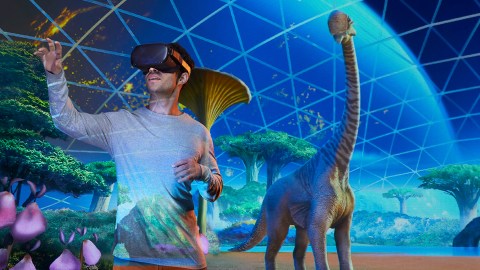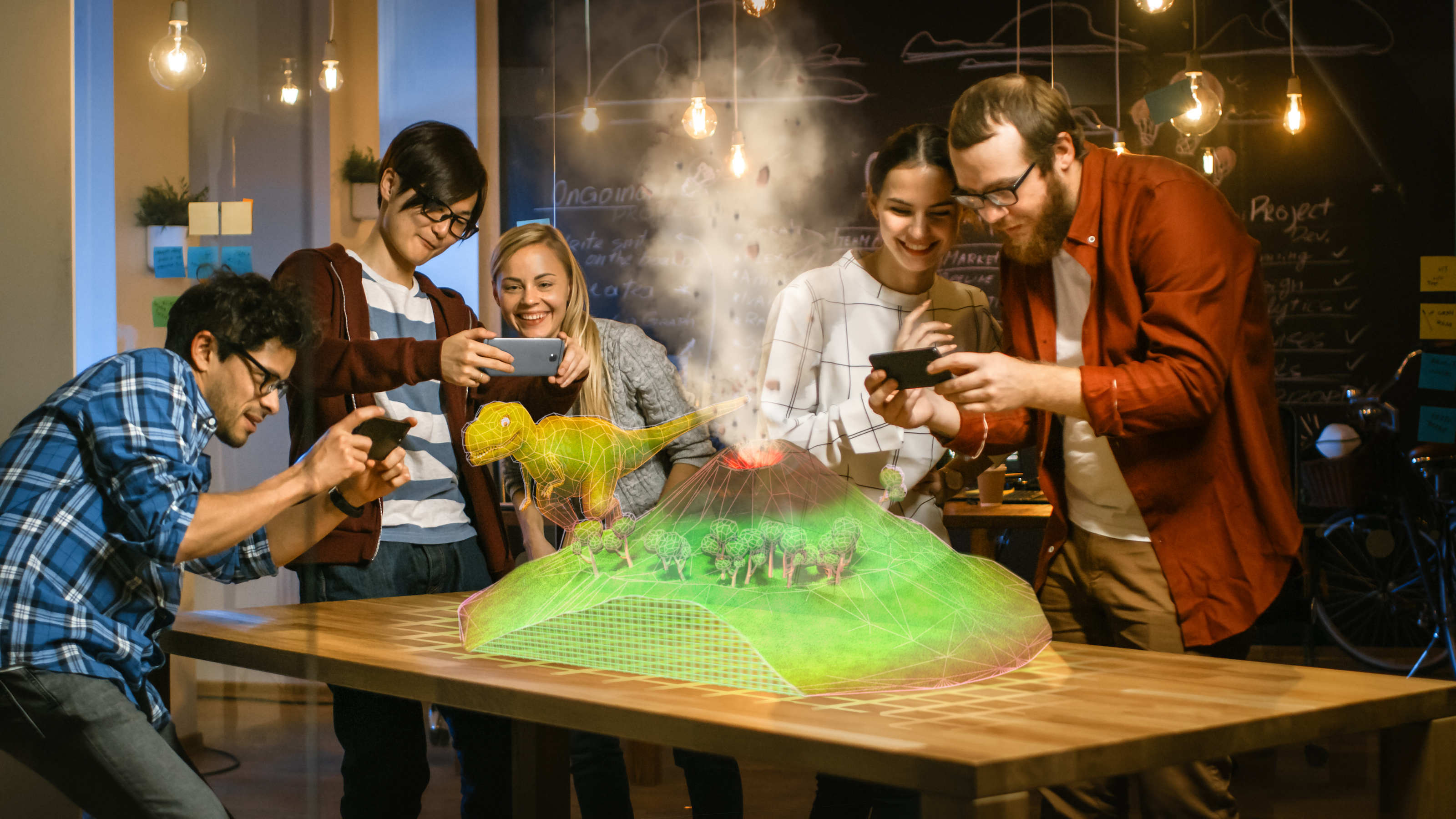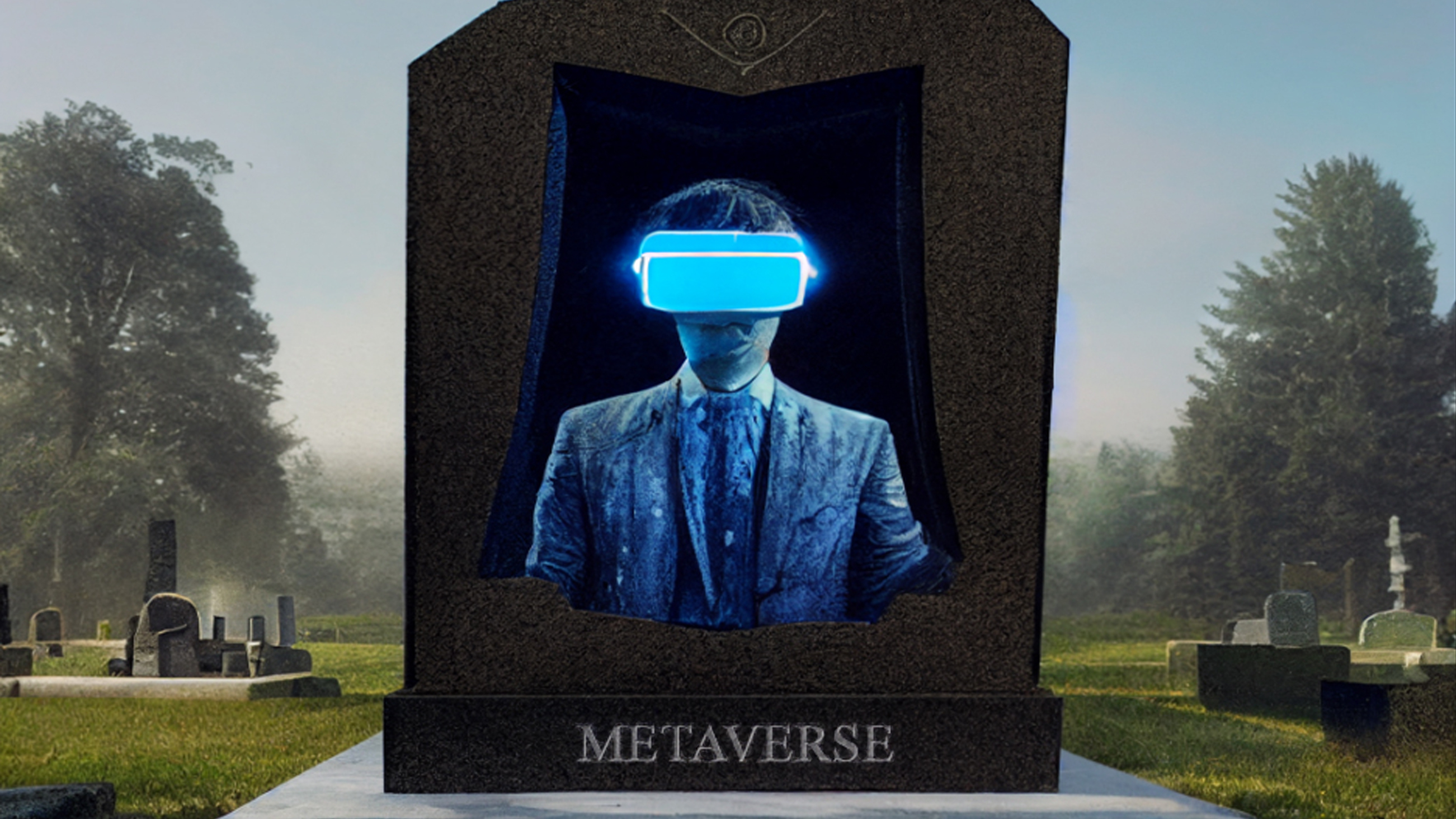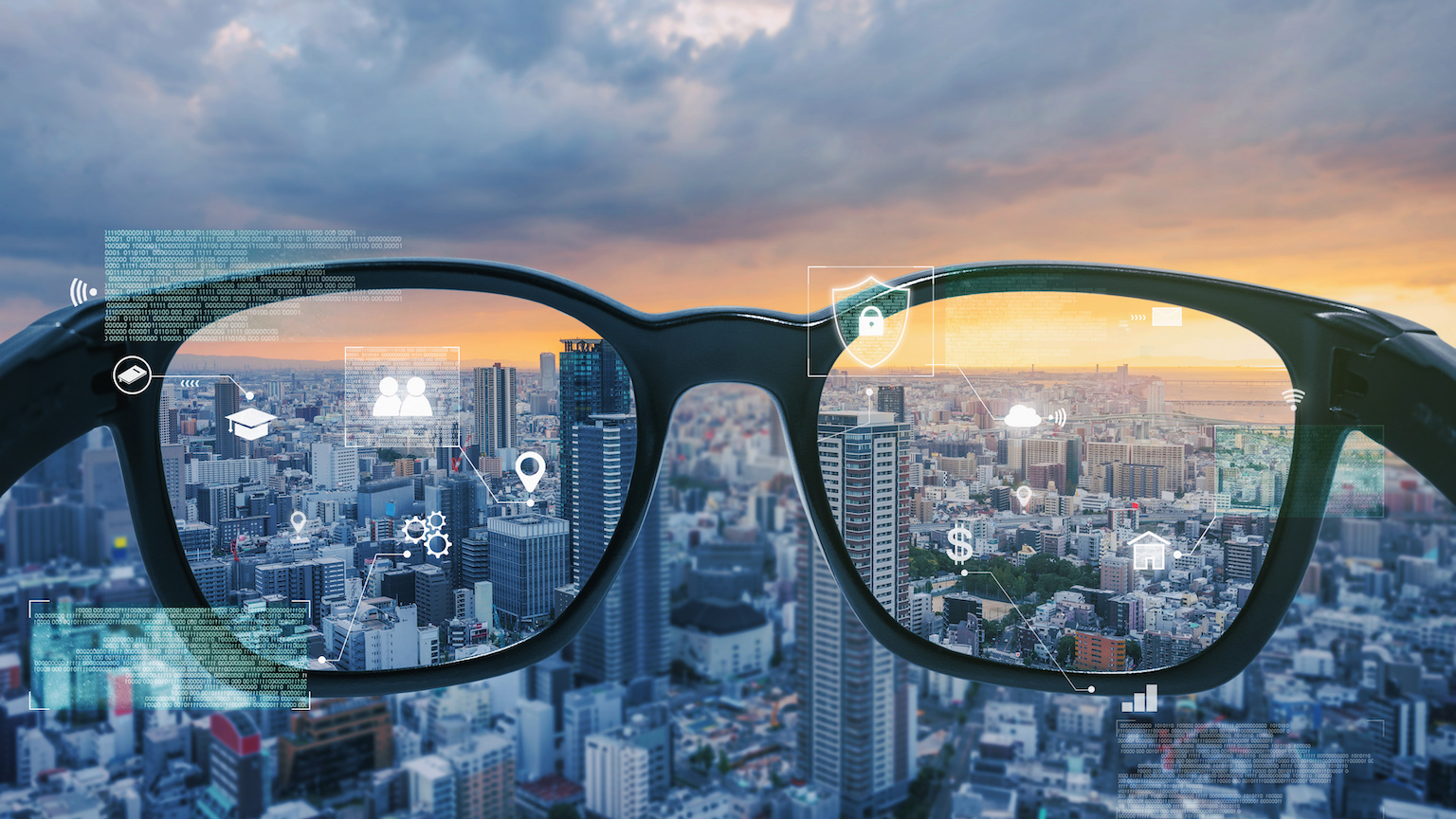How the metaverse will revolutionize K-12 and higher education

- There are many things we can teach through books and lectures but giving students highly realistic, “hands-on” experience through a virtual world isn’t one of them.
- On a visit to Dreamscape headquarters, I got to experience immersive worlds, from the human immune system to an ancient ecosystem with dinosaurs.
- This capability to attain first-person perspective is revolutionary in education. It cannot be replicated with flat media.
There are many things we can teach through books and lectures but giving students highly realistic, “hands-on” experience through a virtual world isn’t one of them. But that future is coming very soon, and it will revolutionize K-12 and higher education.
Education in the metaverse
To give but one example, we can teach kids to multiply numbers and generate a result in the billions, but it’s very difficult — if not impossible — to teach the vastness of a billion stars, the profound smallness of a billion atoms, or the relevance of pumping 37 billion metric tons of carbon dioxide into the atmosphere. But immersive technology will allow us to foster a sense of intuition in students, and thereby engendering a much deeper understanding of the world.
In the metaverse, we could give students first-person experiences as if they were shrunk down to the size of a virus or inflated to the size of a galaxy. We could have students float through the circulatory system so they can appreciate the size and scale of arterial walls as plaque builds up due to heart disease. We could transport students through time and space so they can stroll the busy streets of ancient Rome or help build the Great Wall of China. The examples are endless.
As someone who has been involved in virtual and augmented reality for over 30 years, I have always believed that immersive education is one of the most important uses. But it wasn’t until my recent visit to Dreamscape Learn in Culver City, California that I experienced immersive content that is poised to revolutionize mainstream learning from K-12 to college. Formed as a partnership between the VR entertainment company Dreamscape Immersive and Arizona State University, Dreamscape Learn has combined the power of movie-quality storytelling and cinematic visuals with deeply thoughtful educational principles and clearly defined learning goals.
“Hands-on” learning in a virtual world
Their objective is not to replace traditional classroom education but to supplement it with “hands-on” labs conducted in VR. In fact, their labs are structured to provide 15 minutes of immersive experiences for every three hours of traditional learning. As described to me by Dreamscape Learn CEO Josh Reibel, they are pushing for “radical transformation of what hands-on learning means.”
So, what does radical transformation look like? To find out, I visited Dreamscape headquarters, put on a VR headset, and jumped into their educational world. Their first learning module is a set of six labs designed to support college-level biology, and it doesn’t involve any students spending a full hour just to glance at an amoeba under a microscope. Instead, it’s a VR experience called “Biology in the Alien Zoo” that transports students to an intergalactic wildlife sanctuary where they must solve a mystery of why alien creatures are dying. Having tried this myself, I can report that it draws you in, not as an observer but a participant who really wants to explore the world and solve the problem.
Most impactful for me is how the technology can transport you not just to different times and places but to different scales, allowing you to gain intuition about the very large and very small. During my visit to Dreamscape Immersive, their founder and the former head of DreamWorks Motion Pictures, Walter Parkes, took me on a journey using a tool they call the Immersive Classroom. Almost like a magic carpet ride, it allows an instructor to take an entire classroom to different places.
First, we visited a landscape with creatures the size of a brontosaurus. For the first time in my life, I truly appreciated how small we really are compared to dinosaurs. He then shrunk us down and took us on a trip through the bloodstream, viewing red and white blood cells in their perfect proportions. We then watched as macrophages attacked a cancer cell, gaining intuition as to their relative sizes and the manner in which they behave. Walter and I were able to discuss what we were looking at in real-time, each of us represented as VR avatars. Finally he took me to visit some world heritage sites, where I could appreciate the true grandeur of ancient structures without having to get on a plane. To me, this capability to attain first-person perspective is revolutionary in education. It simply cannot be done with flat media.
Another educational VR experience I recently had was at Stanford University in the Virtual Human Interaction Lab run by Jeremy Bailenson. He demonstrated a variety of learning experiences ranging from an earthquake simulator that literally shook the floor below my feet to an amazing use of 3D video that allows college-level quarterbacks to practice “reading the defense” when lined up for a play. But most impactful was a module called “1000 Cut Journey” that lets students feel what it’s like to be a person of color in a series of discriminatory experiences. Developed by Courtney Cogburn of Columbia University in collaboration with Dr. Bailenson, it literally lets you engage the world in someone else’s shoes. Like transporting you to a different time, place, or scale, it allows students to see the world through different eyes, which could be profoundly valuable for teaching everything from history to current events.
The “intuition effect”
At a high level, the metaverse will transform education from a set of lessons that students watch to a set of experiences that students live. This will produce deeper learning, instilling not just knowledge but intuition.
I first experienced the “intuition effect” 25 years ago when running the VR company Immersion Corporation. As CEO, I had to give countless demos of our surgical training products. After showing a group of doctors how to perform a bronchoscopy in VR, one of them asked where I went to medical school. I was confused, so he explained that I was quite skilled at the procedure. This shocked me, as I had no medical training. But that’s the amazing thing: by having first-person experiences in VR, I had accidentally learned the anatomy of the lungs and developed the complex skills needed to find a tumor and perform a biopsy. The learning was not factual, it was intuitive, which was far more impactful.
Researchers at ASU recently completed a first set of studies to compare the Alien Zoo experience to traditional labs. They found that students who used VR scored 9% higher when graded on the learning goals and reported higher enjoyment and engagement. And they are just getting started. In the spring semester of 2023, ASU expects to have over 5,000 students using the VR modules. Next year, it’s expected that many additional universities will use them as well.
Virtual apprenticeship
Immersive experiences in education can be so realistic and interactive that students will develop knowledge, skills, and intuition that becomes second nature — more like having a virtual apprenticeship than taking a course. The future of education is here.





